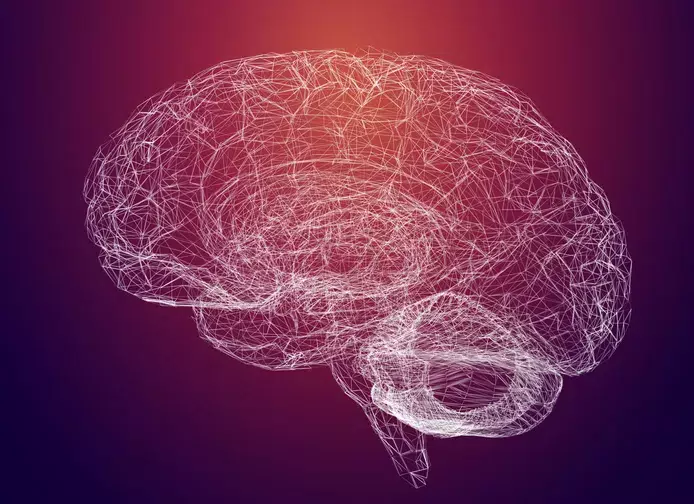Early genetic development of the brain mapped

In an article published in Nature, researchers from Karolinska Institutet present an atlas of the early development of the brain. The atlas can be used, among other things, to find out what went wrong in the development of brain tumors in children and also to find new treatments.
An international research team led by Karolinska Institutet has mapped the early genetic development of the brain and can now present an atlas of embryonic development between weeks 6 and 13.

“This is the first comprehensive study of brain development with a focus on gene regulation. Previous studies have almost always focused on the cortex, or cerebral cortex. Our study is a systematic mapping of the entire brain so that all regions can be compared with each other," says Sten Linnarsson, Professor of Molecular Systems Biology at the Department of Medical Biochemistry and Biophysics at Karolinska Institutet and research leader of the study.
When the brain begins to develop in the early embryo, it starts with something like a tube, where the walls of the tube will develop into the brain and the fluid-filled center of the tube becomes the ventricles, the cavity of the brain.
Rapid specialization early in pregnancy
Between weeks 6 and 13 of pregnancy, there is a rapid specialization of the cells in the walls of the tube. This happens through a very complex cascade reaction where substances are secreted that induce the first cells to develop in a certain way. These cells then secrete additional signals that control the next stage of cell development and so on.
The signals activate genes that produce proteins that specialize the different cell types and also act as new signals.
“It is this process, how, in which order and in which cell types genes are activated during this process of brain formation that we have been studying. We wanted to follow the process from DNA to RNA, to the protein at each step," says Sten Linnarsson.
The research has been carried out using a method that can measure both active regions on DNA and formed RNA strands in individual cells. The researchers have then put the puzzle together and can now present a map of how it works.
The research is part of the larger Swedish project "Human Developmental Cell Atlas" where several research groups have studied the genetic development of the brain, heart, lungs, and so on. The research in the project is now moving forward and the researchers are using the maps to find answers to what went wrong in disease.
Studied rare disease
“We are now studying the onset of brain cancer in children. Fortunately, it is a rare disease, but of the various diseases that lead to death in children, it is one of the more common. We are studying the tumors that arise during embryonic brain development and using the atlas to try to understand the mechanisms of normal development that have gone wrong and how this drives tumor formation and tumor growth," says Sten Linnarsson.
The research was funded by the Erling-Persson Family Foundation, the Knut and Alice Wallenberg Foundation, the Swedish Foundation for Strategic Research and EC Horizon 2020. Sten Linnarsson is a scientific advisor to Moleculent, Combigene and Oslo University Center of Excellence in Immunotherapy. He and first author Camiel Mannens are also shareholders in EEL Transcriptomics AB, which owns the intellectual property rights to EEL-FISH.
Publication
“Chromatin accessibility during human first-trimester neurodevelopment” Camiel C.A. Mannens, Lijuan Hu, Peter Lönnerberg, Marijn Schipper, Caleb C. Reagor, Xiaofei Li, Xiaoling He, Roger A. Barker, Erik Sundström, Danielle Posthuma, Sten Linnarsson. Nature, online May 1, 2024, doi: 10.1038/s41586-024-07234-1
